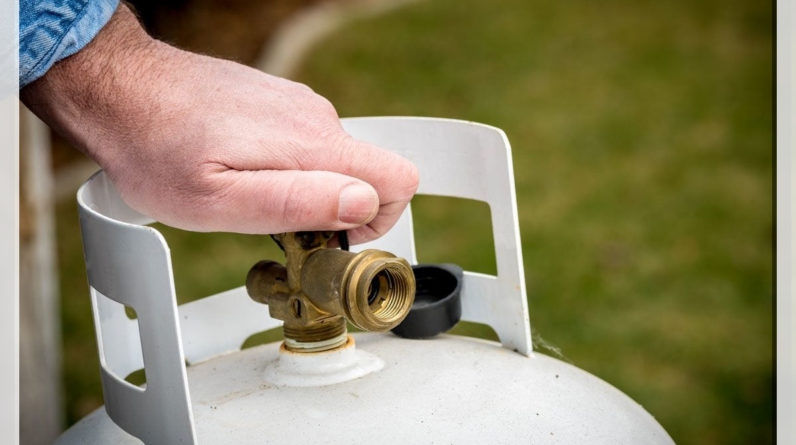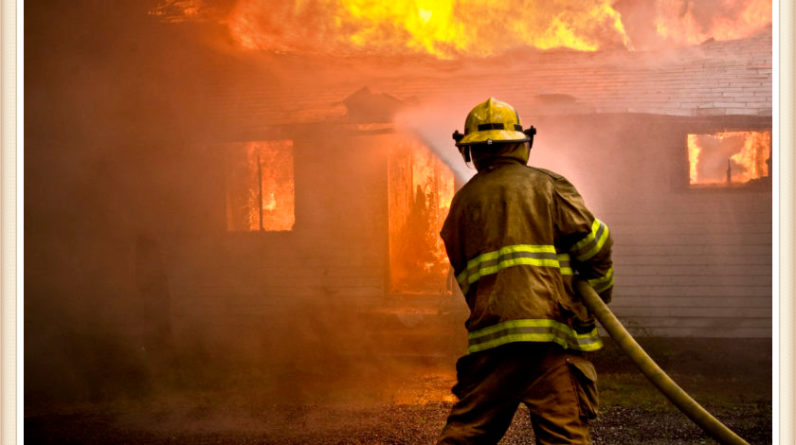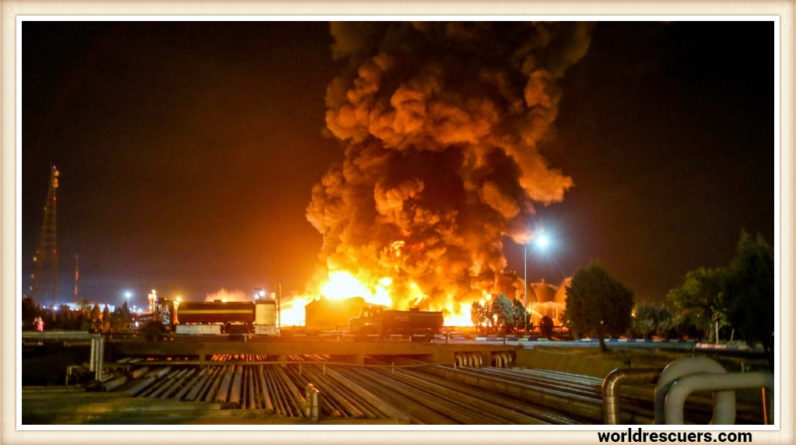
The oil and gas industry plays a crucial role in powering the global economy, but it also comes with significant risks. One of the most catastrophic events that can occur in this industry is a fire at an oil refinery. These incidents can lead to severe consequences, including loss of life, environmental damage, and substantial economic losses. In this article, we will delve into the causes of fires at oil refineries, explore preventive measures, examine the impact on the oil & gas industry, and discuss advancements in fire prevention technology.
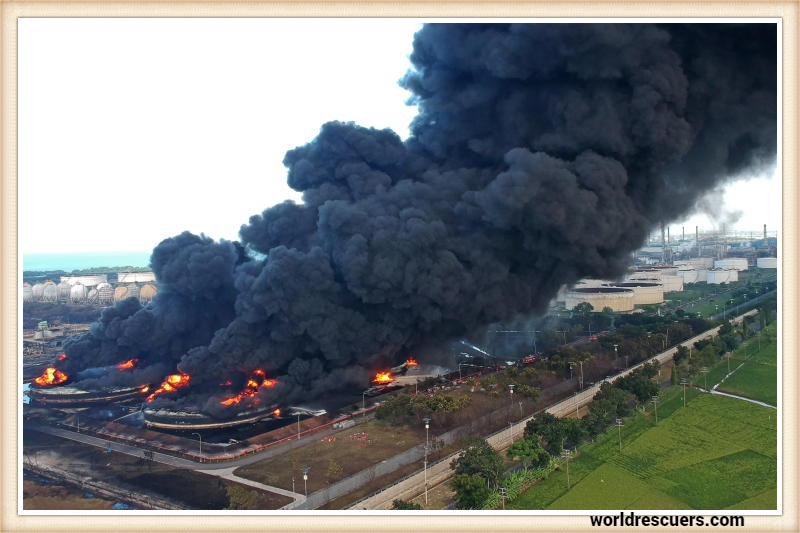
Fire incidents at oil refineries pose significant risks to human safety, the environment, and the economy. By understanding the causes, implementing preventive measures, and adopting advanced technologies, the oil & gas industry can work towards minimizing the occurrence and impact of these events. Rigorous compliance with regulations and a focus on risk management is crucial for maintaining safety and sustainability in this essential industry.
Understanding Fire Incidents at Oil Refineries
Oil refineries are complex facilities that process crude oil into various refined products. Due to the nature of the refining process and the presence of flammable materials, fire incidents can occur. Understanding the causes of these fires is essential to implementing effective prevention strategies.
Causes of Fires at Oil Refineries
Equipment Malfunction
One of the leading causes of fires at oil refineries is equipment malfunction. The failure of critical machinery, such as pumps, compressors, or heat exchangers, can lead to leakages and ignition of flammable substances.
Human Error
Human error is another significant factor contributing to refinery fires. Mistakes during routine operations, maintenance procedures, or emergency responses can escalate into hazardous situations.
Electrical Issues
Electrical failures, such as short circuits or overloaded circuits, can trigger fires in an oil refinery. These incidents often occur in areas where flammable vapors are present.
Natural Disasters
Natural disasters like earthquakes, hurricanes, or floods can disrupt refinery operations, leading to fires and explosions. The vulnerability of refineries to external forces makes them susceptible to such events.
Prevention and Safety Measures
To minimize the risk of fires at oil refineries, a proactive approach to prevention and safety is necessary. Refineries should implement the following measures:
Regular Maintenance and Inspection
Frequent maintenance and inspection of equipment and facilities can identify potential issues before they escalate into fire hazards.
Employee Training and Education
Well-trained and educated employees are better equipped to handle emergencies and respond promptly to prevent fires.
Fire Suppression Systems
Installing advanced fire suppression systems, such as water deluge systems and foam sprinklers, can help control fires in their early stages.
Emergency Response Plans
Developing comprehensive emergency response plans and conducting regular drills ensures a swift and coordinated reaction to fire incidents.
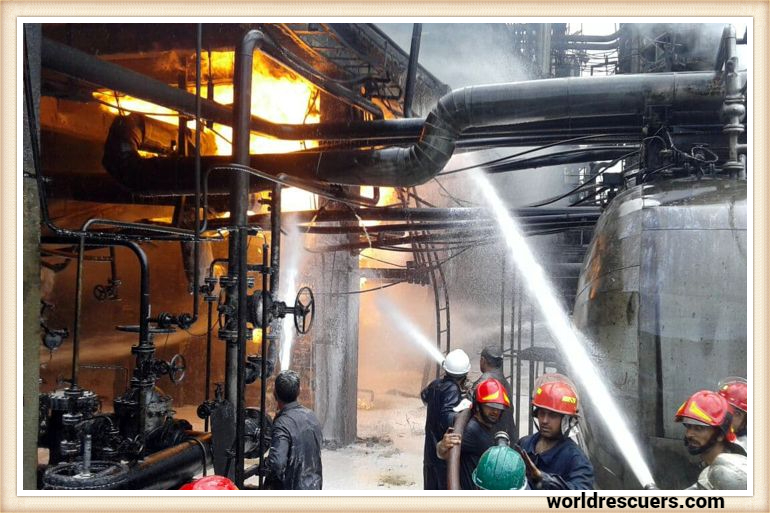
The Impact of Fires on the Oil & Gas Industry
When a fire occurs at an oil refinery, the consequences can extend far beyond the facility itself. The impact on the oil & gas industry can be significant and far-reaching.
Environmental Damage
Fires can release harmful pollutants into the air and water, leading to environmental contamination and adverse effects on ecosystems.
Economic Losses
Refinery fires can disrupt production, leading to supply shortages and price fluctuations, impacting both consumers and the industry.
Reputational Damage
Major fire incidents can tarnish the reputation of the companies involved, leading to decreased investor confidence and business opportunities.
Case Studies of Notable Fire Incidents
Several past incidents serve as stark reminders of the devastating consequences of refinery fires. Let’s explore some notable case studies:
Deepwater Horizon Oil Spill
In 2010, the Deepwater Horizon oil rig explosion led to the largest marine oil spill in history, causing severe environmental and economic damage.
Buncefield Oil Depot Explosion
The Buncefield oil depot explosion in 2005 resulted in significant property damage and injuries, with lasting implications for safety regulations.
Texas City Refinery Explosion
In 2005, the explosion at the Texas City Refinery claimed the lives of 15 workers and highlighted the importance of stringent safety measures.
Regulatory Compliance and Best Practices
To prevent and mitigate fire incidents, oil refineries must adhere to industry standards and best practices. Some key guidelines include:
API Standards
The American Petroleum Institute (API) provides standards for equipment and safety practices in the oil & gas industry.
OSHA Guidelines
The Occupational Safety and Health Administration (OSHA) outlines safety regulations to protect workers and prevent accidents.
NFPA Recommendations
The National Fire Protection Association (NFPA) offers recommendations for fire prevention and protection.
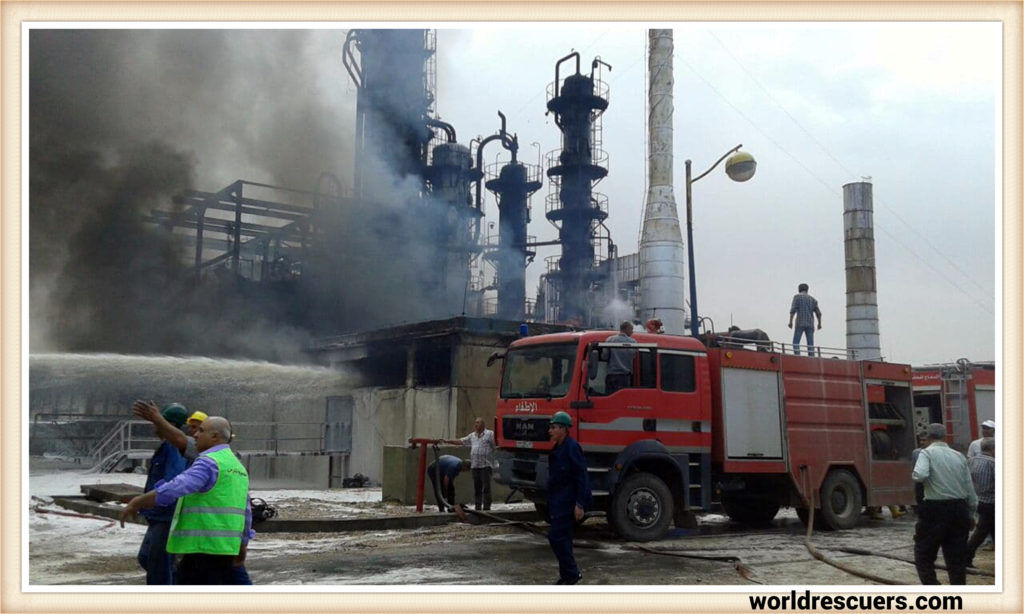
Advancements in Fire Prevention Technology
Technological innovations play a crucial role in enhancing fire prevention measures. Some notable advancements include:
Drone Monitoring
Drones equipped with thermal cameras can conduct remote inspections and detect potential fire hazards in hard-to-reach areas.
Thermal Imaging Cameras
These cameras can identify heat anomalies, aiding in the early detection of equipment malfunctions and leakages.
Fire-Resistant Coatings
The application of fire-resistant coatings on equipment and structures can delay fire propagation and increase response time.
Insurance and Risk Management
Given the potential financial losses from refinery fires, insurance coverage, and risk management are vital aspects for refineries to consider.
Coverage Options
Specialized insurance policies can provide coverage for property damage, business interruption, and liability resulting from fire incidents.
Risk Assessment and Mitigation
Conducting thorough risk assessments allows refineries to identify vulnerabilities and implement measures to minimize potential losses.
FAQs
What type of fire is in a refinery?
Types of Fire in Refineries
- Class A Fires
- Class B Fires
- Class C Fires
- Class D Fires
- Class K Fires
Why is a flame burning at a oil refinery?
A flame burning at an oil refinery is a common sight due to the nature of the refinery’s operations and the handling of various flammable substances, particularly crude oil, and its derivatives. The presence of a flame is typically part of the refining process and can serve different purposes.
What is the potential fire hazard in refinery?
In a refinery, there are several potential fire hazards due to the handling and processing of flammable substances. Some of the primary fire hazards include:
- Crude Oil and Petroleum Products: Crude oil and its derivatives, such as gasoline, diesel, and jet fuel, are highly flammable. These substances are central to refinery operations, and any mishandling or leakage can lead to fires and explosions.
- Flammable Gases: Refineries handle various flammable gases, such as propane, butane, and methane. These gases can be released during processing, maintenance, or emergency situations, posing a significant fire risk.
- Chemical Storage Tanks: Refineries store large quantities of chemicals and flammable liquids in tanks. Any leakage or rupture of these tanks can result in fires and hazardous situations.
- Pipelines and Piping Systems: Refineries have an extensive network of pipelines and piping systems that transport flammable materials. Any damage, corrosion, or ruptures in these systems can lead to leaks and fires.
- Heat and Ignition Sources: The refining process often involves high temperatures and ignition sources, such as burners and heaters. If not properly controlled, these heat sources can ignite flammable materials.
- Electrical Equipment and Wiring: Electrical equipment and wiring in a refinery can be potential sources of ignition if there are electrical faults or short circuits.
What happens at an oil refinery?
At an oil refinery, various processes are carried out to transform crude oil into valuable products like gasoline, diesel, jet fuel, and other petroleum-based products.
Highly trained Assistant Fire Chief dedicated to public safety and awareness for the past 16 years. Effective leader who remains steady during times of emergency, while directing and motivating team members throughout crises.


